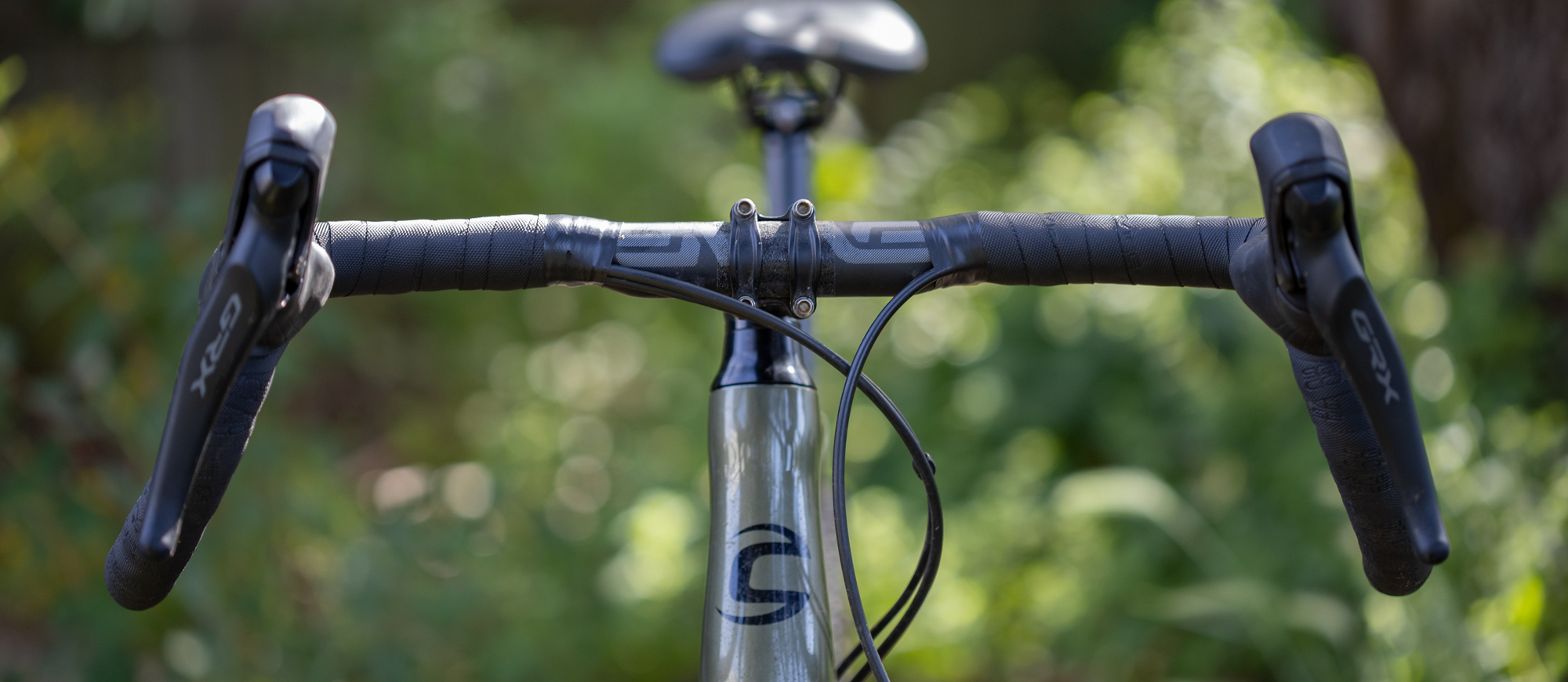Cyclingnews Verdict
A comfortable wide bar that first came to market with an eye towards gravel racing but these days feels more suited to adventure riding. The tops have a lot of room for accessories like bar bags, lights, and aero bars and the tight radius bends at each edge give tons of options for hand position.
Pros
- +
Comfortable slight oval shape to the tops
- +
Tight radius bend and end of tops
- +
Built in bar tape finisher
- +
External routing with provisions for Shimano Di2
Cons
- -
Controls still roll in a bit
- -
Lacks a 40mm width option
You can trust Cyclingnews
There's come to be a kind of understanding that a gravel handlebar is a handlebar where the drops flare out a bit, but that's about where the agreement ends. There are options that are almost imperceptible in their flare and would fit in with road bars pretty easily, and there are also options that flare so far out they start to wander into the realm of moustache bars. Even beyond the flare itself, there's no agreement on when the flare starts. Some brands start the flare as soon as the hoods start to loop back and the controls sit at an angle. Other brands take a different approach and wait until after the controls to widen things out. Whatever the individual approach, the point is to offer a more stable position when the route gets rough.
Having ridden a lot of the options, one that stands out is the Enve G series handlebar. It's not brand new on the market but it continues to be a popular choice. We've picked it as one of the best gravel handlebars available and now we've spent enough time with it that we are ready to discuss it. If you are looking for your next high-quality carbon fibre handlebar to pair up with the best gravel bikes then read on to see what we think of this option from American carbon specialist Enve.
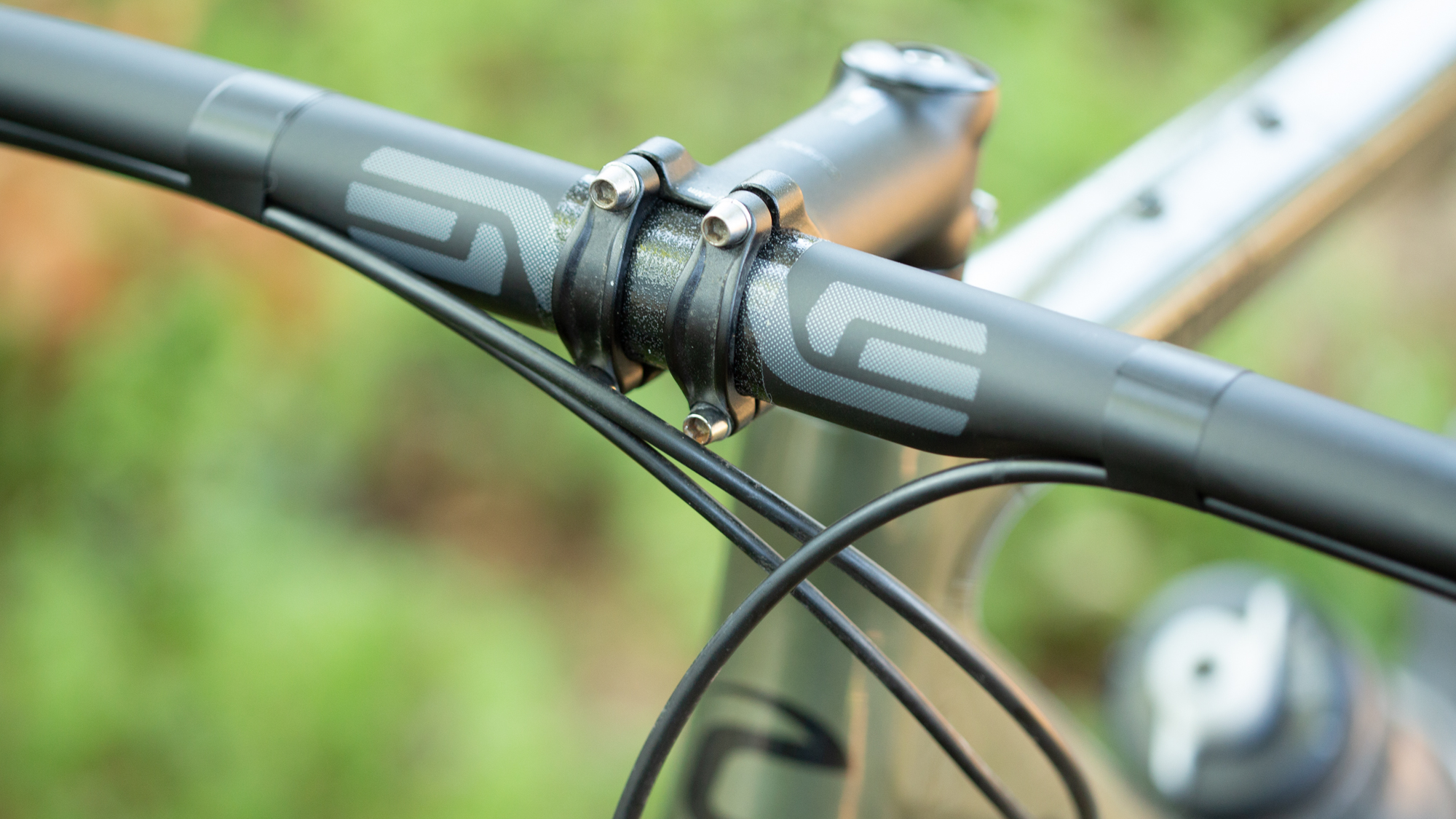
Design and aesthetics
Enve says that during development of their G series handlebar, they found a disconnect in existing products. Riders tended to love the flared out drops but did not love the rolled in hoods that came along for the ride. To address the issue, they've gone with a compound flare that changes as you move through the curve of the drops. Higher up and there's less flare to keep the controls closer to a road setup. As you drop down the curve the flare increases and the ends also start to point away from the bike during this same transition.
Enve breaks their design into three distinct parts. The first pillar is "Ride Dynamics" and it's this section that, somewhat confusingly, discusses the flare. Unlike the competition, Enve doesn't actually quote a degree of flare. Instead of letting you know at what degree the drops angle out, the brand quotes the figure as 12cm of flare at the drops compared to the hoods.
The next pillar of the design is the "Functional Ergonomics" section. It's here that the discussion moves to one of the most unique pieces of the design; the tops. Stand over the bike and look down and what you'll see is a perfectly straight top section. There's no backsweep, and there's very little shaping of the bar itself. The clamping area extends farther than many with stated intent of leaving more room for aero bars plus lights.
As you move down to the drops there's another point of consideration for ergonomics. The reach and drop numbers spec out at 80mm and 120mm making them lower than road specific bars but not the shortest option for gravel handlebars. As with most Enve products, this is still an aggressive race ready piece but now you've got more options. At the rear there's enough space for a hand position when you are looking for stability and comfort. Move farther up and you get a more traditional position where you can reach the controls for fast descents.
Finally, the last section of the design Enve marks out goes by the name "Ride Tuned." You might consider this the info you'd expect to find in the "Ride Dynamics" section and it's really a discussion of layup. One of the benefits of a carbon handlebar is that carbon fibre layup can add compliance where needed. In this case, Enve narrowed out the tops by 1cm compared to the road handlebars. Plainly stated, it's an oval tube and the oval allows for greater flex. As with all engineered carbon flex, don't expect miracles but the design is there with the intent of soaking up some of the buzz a day on gravel brings.
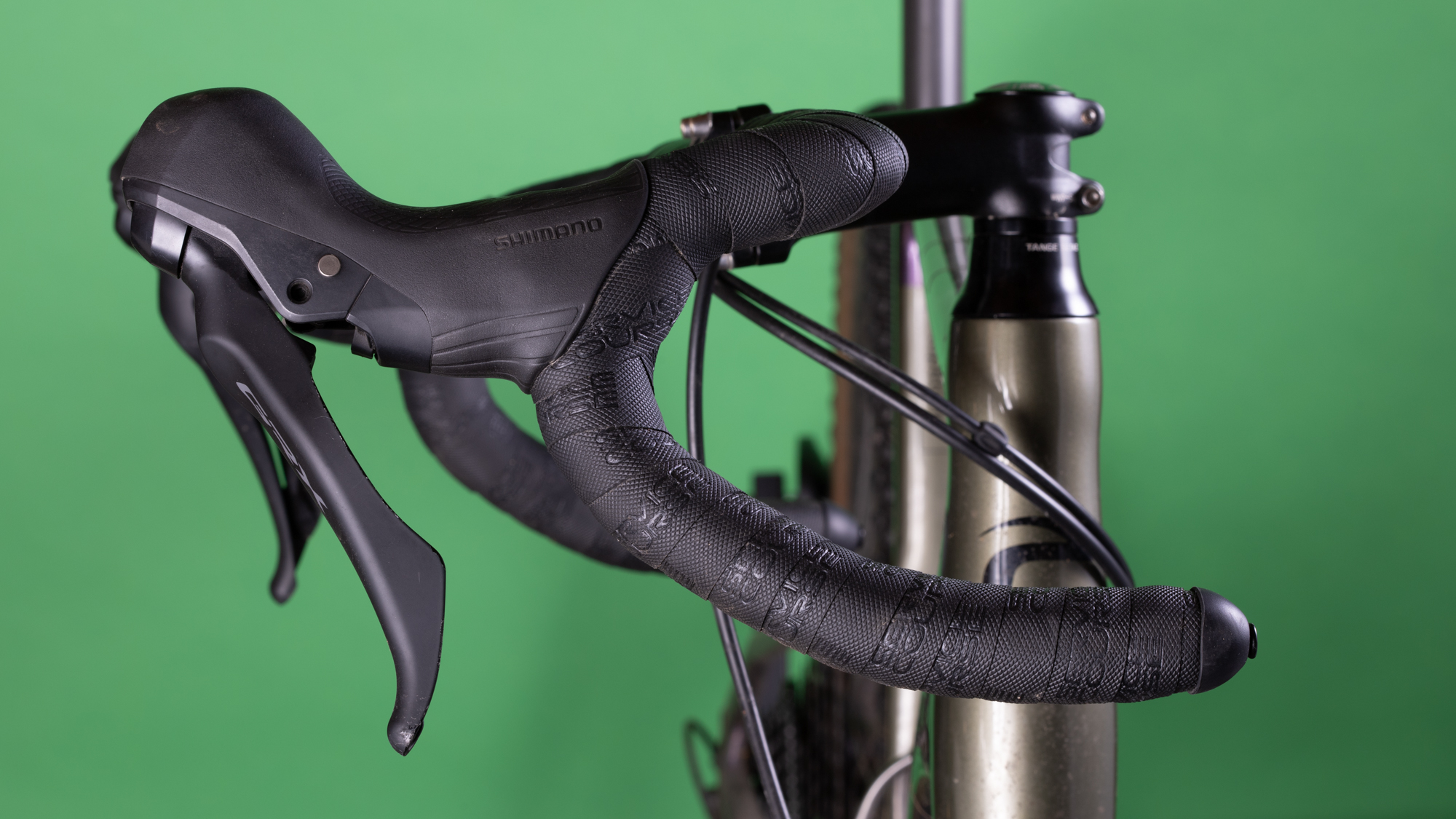
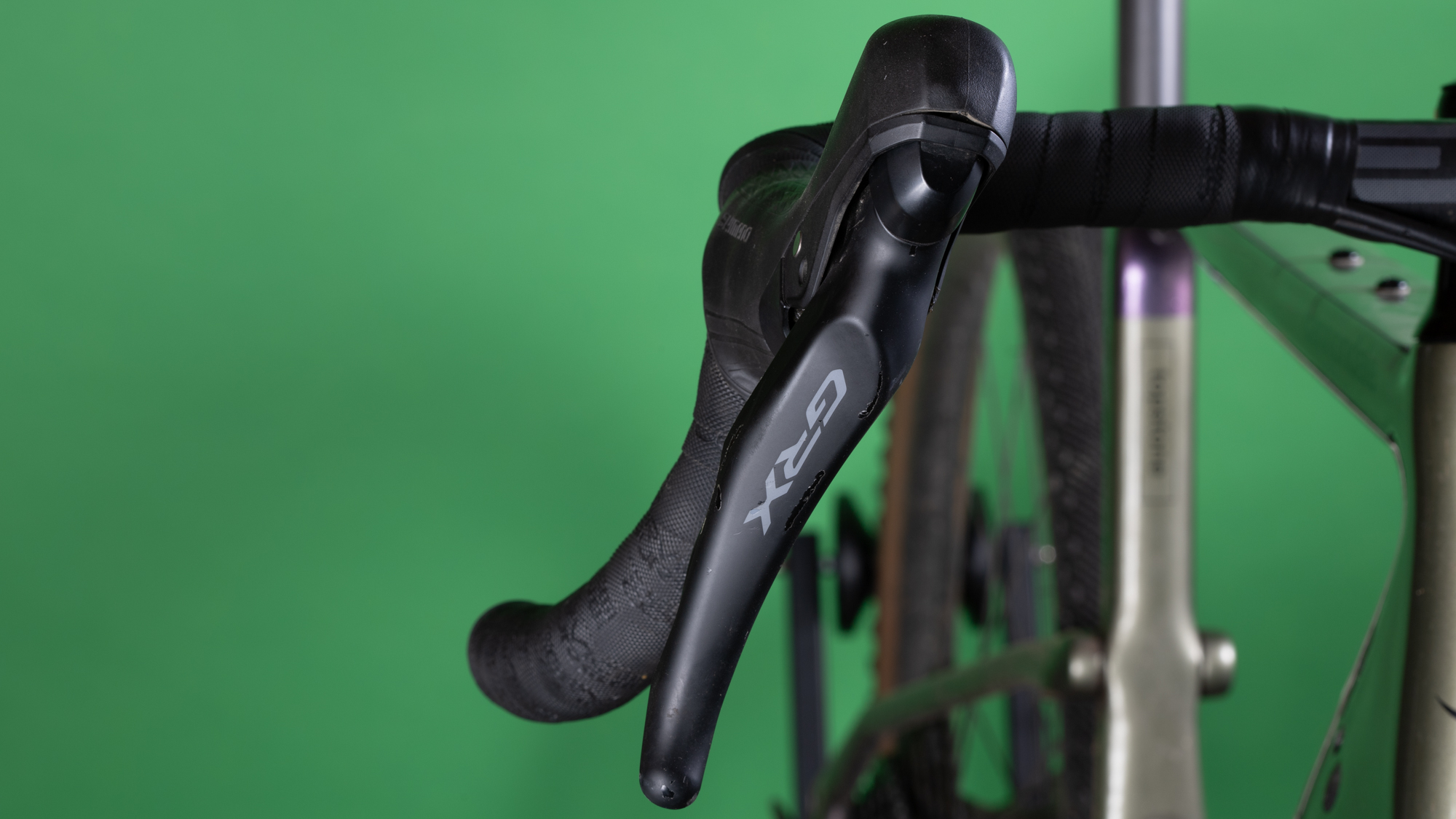
Performance
The first thing I did with the Enve G series gravel handlebar was weigh it. Unlike the Cadex AR bar, Enve isn’t trying to be ultra-light but it does perfectly match the quoted 246 grams for a 42cm bar so if weight is a consideration, it's not heavy. There are a lot of other design considerations outside of weight though.
The first piece of innovation comes when it’s time to set the bars up and you have to figure out the bar ends. These are unique pieces that you won’t have encountered from other companies. They are replaceable if something happens to them, but in normal use they don't come out. There is a flexible section that covers the end of the bar, just fold this piece back. From there you'll wrap your bars in the same way you always do except without hanging some over the end to later fold inside.
The Enve bars are longer than some but there's no aero shaping in the drops so you don't have to worry much about running out of bar tape. Once you've finished the wrap job, just fold the bar end back over the end of the bar as well as over the end of the tape. Never considered leaving a little bar tape over the end of the bars and tucking a plug inside an issue? Neither have I but that doesn't mean the Enve solution isn't an improvement.
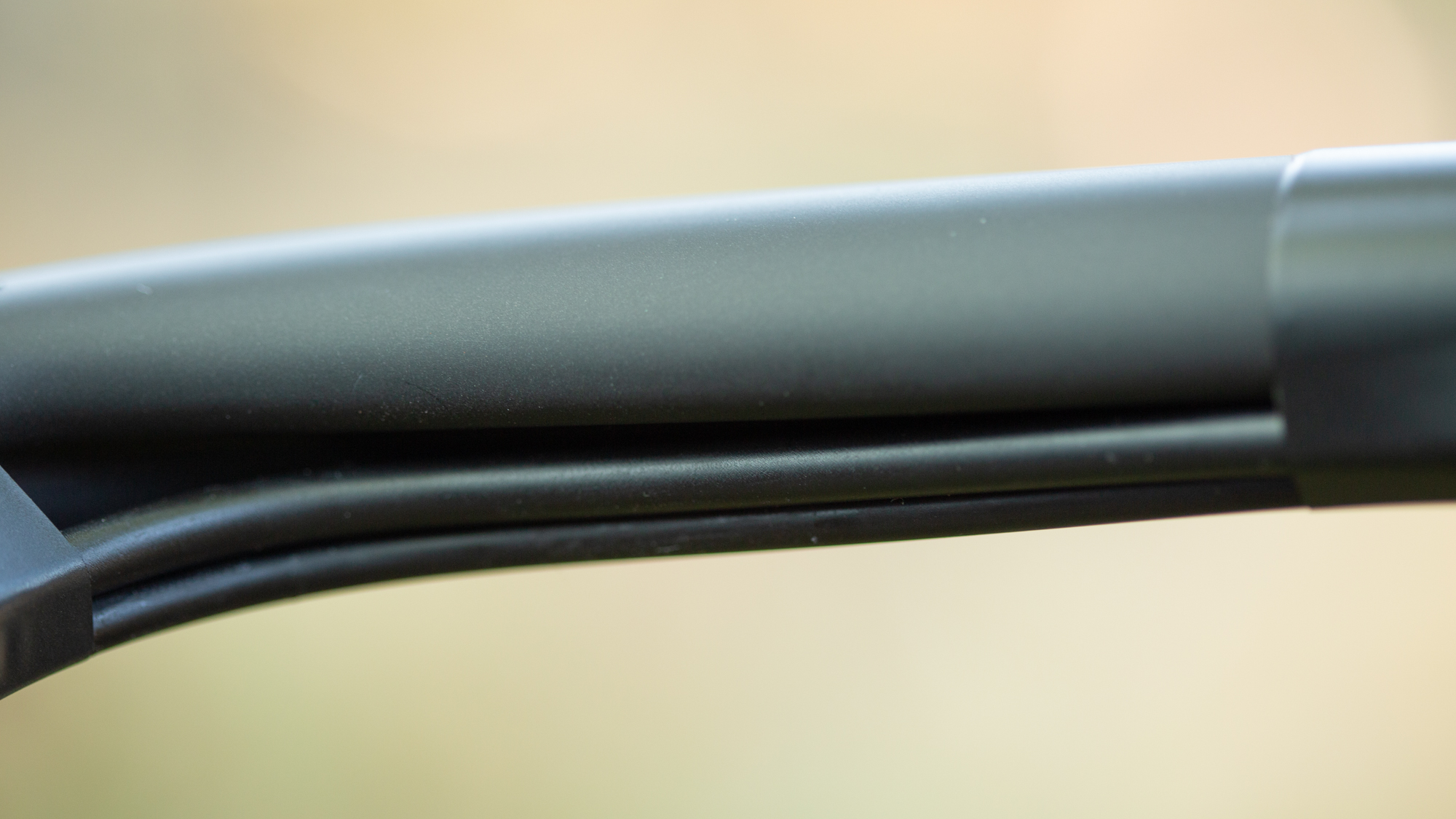
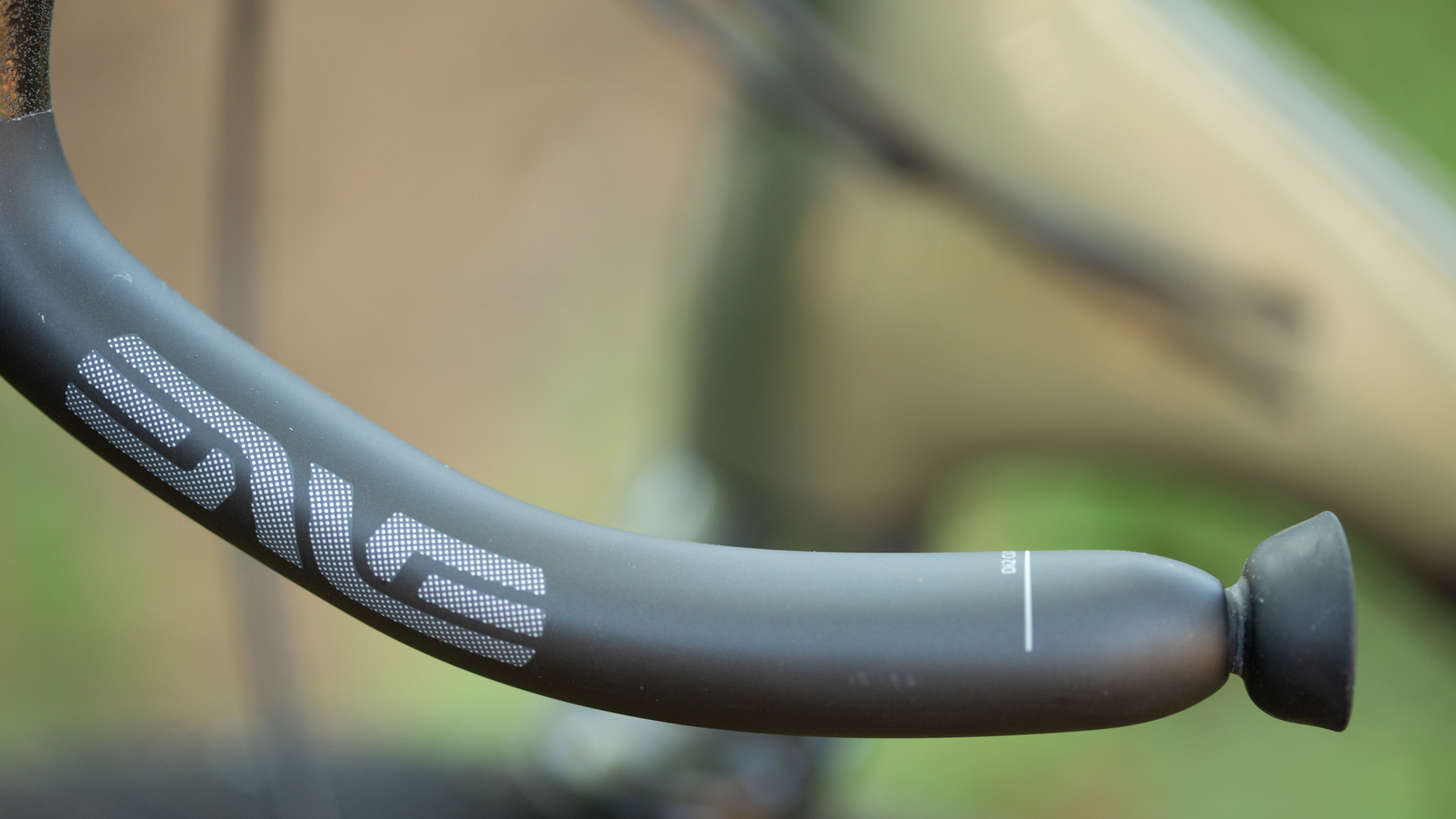
With the bars mounted and wrapped you can start to take notice of the design details. The G series is arrow straight out of the clamp area and all the way to a very tight radius bend before the hoods. That means when you want to mount aero-bars, lights, a computer, and a bar bag, you've got plenty of real-estate. You can even stop the bar wrap a bit early, leaving more room for clamping stuff, and there's no obvious aesthetic issues. The straight run from the centre clamp makes packing easy but it also gets everything you've got mounted out of your thoughts. Nothing feels cramped and the slightly ovalised tops closer to the hoods are incredibly comfortable in your hands. The most noticeable piece though, by a long shot, is the tight angle at either end.
The product page states that the tight radius means a longer straight run. That's true, and perhaps a nice feature as discussed, but it stops short of what makes it so wonderful which is the extra support it gives. Two years before Speeco made waves with their handlebar, Enve was doing the same thing with a much more recognizable shape.
I spend most of my time on the hoods. When I want to get aero, I grab the top of the hoods and bring my forearms parallel to the ground. The Enve shape means there's a support system in place behind the hoods and this is a much more viable position. The short drop and wide flare also means lots of comfort on the drops in a non-aero position but it's the comfort on the drops that really stands out.
The engineered flex in the tops probably also plays into this feeling. Big bumps are still big bumps, but as you cruise through faster gravel roads, or paved transition areas, there is a distinct lack of buzz. Resting your forearms on the corners is asking your body to, potentially, absorb a lot of road noise but the carbon fibre layup is there to help you out in this case. There’s a composed feeling to the front end but it ends there, never feeling overly loose.
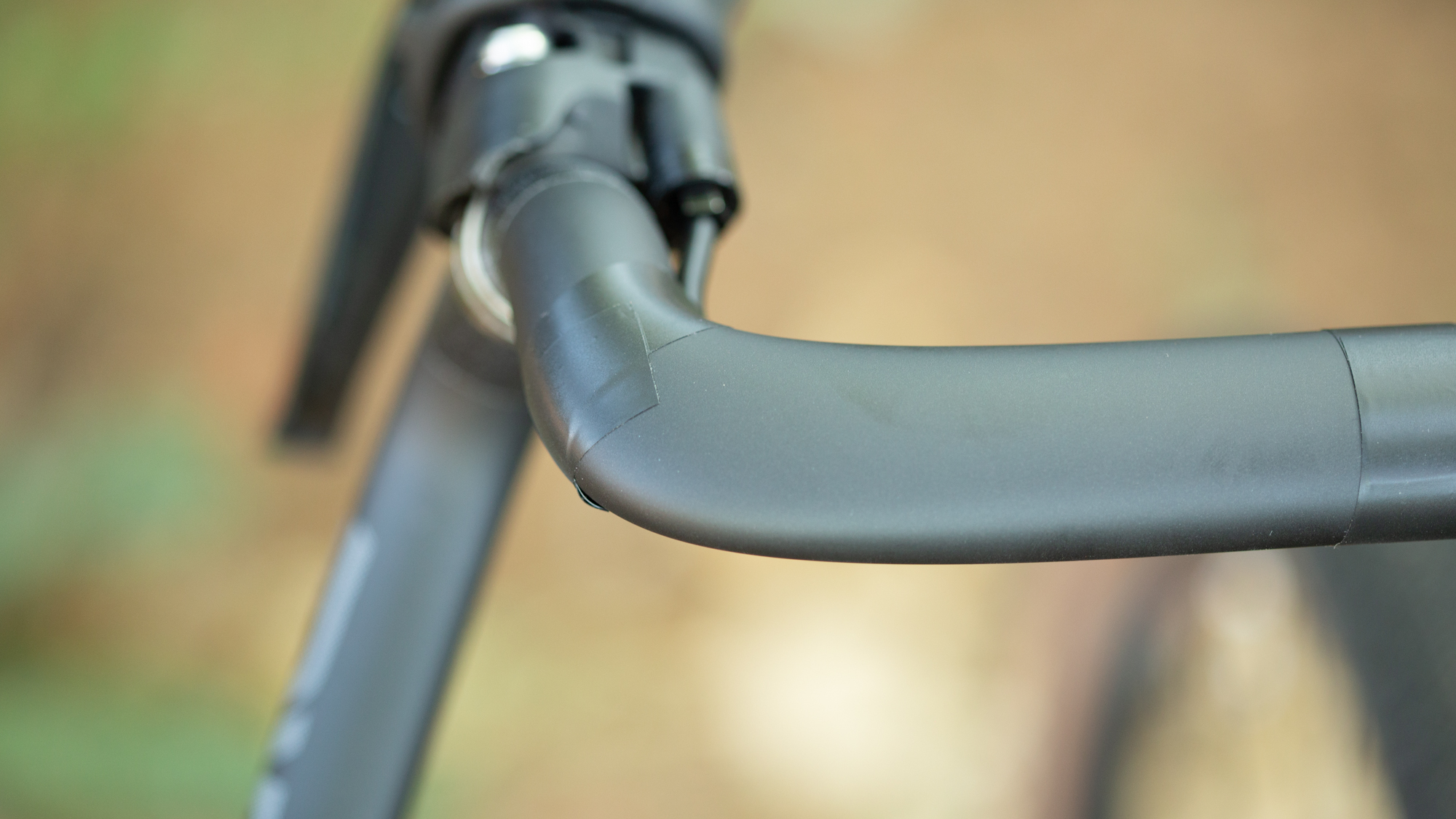
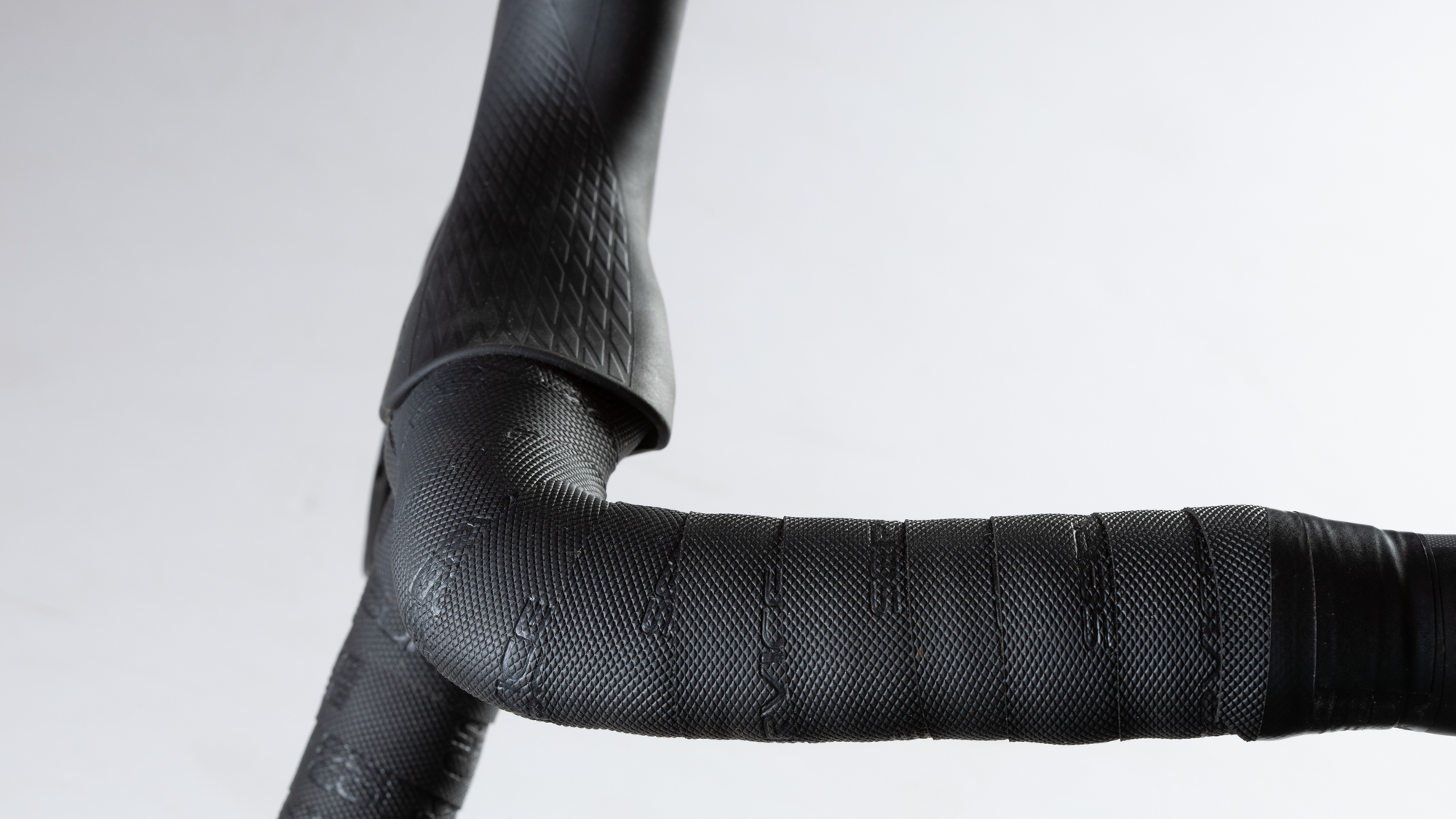
Verdict
In a lot of ways the Enve G series bar feels like it's outdated a little bit. Not the construction, that continues to be high-quality Enve carbon fibre, but from a conceptual point of view. One of the things that Enve is doing in their products in 2022 is bringing their concept of modern road cycling to market. The idea is a big part of what the Enve SES 4.5 brings to the table, with its 25mm internal width, and also what you see in the SES AR Road handlebar. The question is, where does that leave the G series bar? The description mentions gravel racing but for most people the AR bar will better fit that need.
The best thing about the G series is the shape of the tops. The straight run, and round shape, makes it ideal for bikepacking and endurance riding. I'd love to see that paired with the new shape of the drops on the AR bars. Those bars bring a totally vertical orientation of the controls and it feels like an upgrade. Updating the G series would make the choice between the two all about your needs for accessory mounting vs aerodynamics.
As it is though, the positives outweigh any negatives. This is a lightweight bar that's easy to live with. It's easy to pack onto and it's comfortable. Our collective understanding of gravel riding continues to evolve but a four-year-old design didn't stop working.
| Attributes | Notes | Rating |
|---|---|---|
| Weight | On the heavy side compared to others but it's a big bar | 2/5 |
| Available size options | It's a gravel bar but there should still be a 40mm option for smaller riders | 2/5 |
| Comfort | This is what you are paying for | 5/5 |
| Ease of setup | Di2 provisions, external cable routing, and the integrated bar tape ends are all good things | 5/5 |
| Overall rating | Row 4 - Cell 1 | 70% |
Tech Specs: Enve G Series Gravel handlebars
- Price: $400
- Weight: 246g, 261g, 271g, 281g
- Width C to C in Hoods: 42 cm, 44 cm, 46 cm, 48 cm
- Width C to C in Drops: 54 cm, 56 cm, 58 cm, 60 cm
- Reach: 80mm
- Drop/Rise: 120mm
- Clamp Diameter: 31.8mm
Josh hails from the Pacific Northwest of the United States but would prefer riding through the desert than the rain. He will happily talk for hours about the minutiae of cycling tech but also has an understanding that most people just want things to work. He is a road cyclist at heart and doesn't care much if those roads are paved, dirt, or digital. Although he rarely races, if you ask him to ride from sunrise to sunset the answer will be yes. Height: 5'9" Weight: 140 lb. Rides: Salsa Warbird, Cannondale CAAD9, Enve Melee, Look 795 Blade RS, Priority Continuum Onyx
